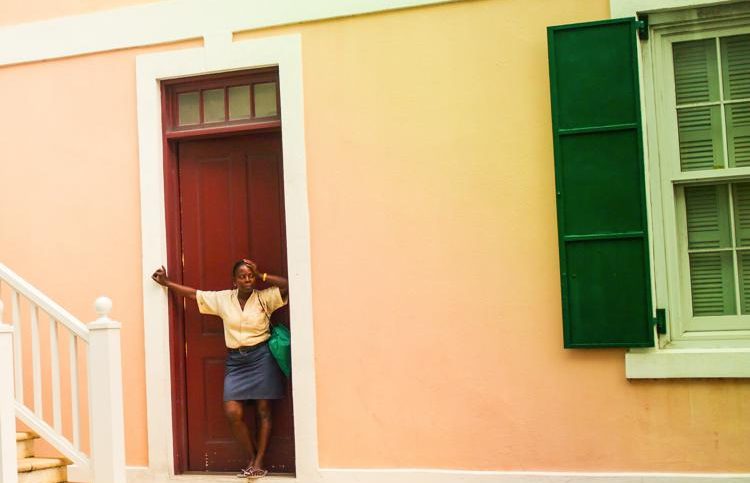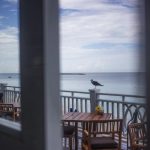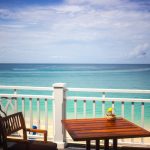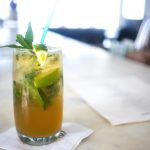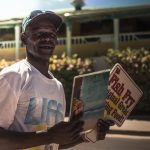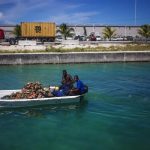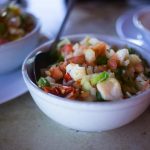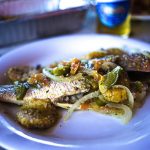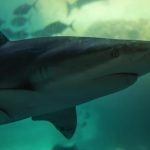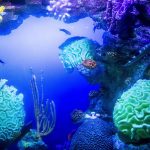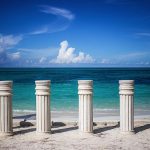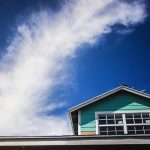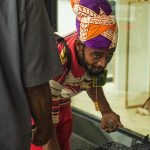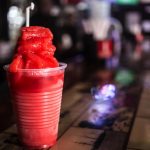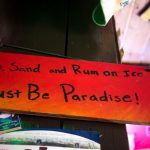Whether you are the type that prefers to go island hopping or just plant your feet into a beach and not move for a week, the Bahamas has a bit of everything for the outdoor and beach-obsessed vacation enthusiast. Located in the Caribbean Sea, of which other notable islands are Cuba, Haiti, and Jamaica, to name a few, these islands are best known for their beautiful, warm crystal blue waters and pristine beaches. Of all of these though, none are as iconic or more imbued with the island spirit than the Bahamas.
First off, the basics: the Bahamas Islands are comprised of roughly 700 islands and 2400 Quays – or coral reefs – located over 1200kms between Florida and Haiti. Roughly 30 of the islands are currently inhabited; the rest are hiding places for pirates, or were historically anyways. Although they represent over 100,000 square miles of sea and land, for many visitors and locals alike there is only one that matters: New Providence Island – the 11th largest in the island chain overall – on which sits Nassau, the political hub, commercial capital, and where most Bahamians live.
Mostly descendants of English settlers and ethnic West Africans from the time of the North Atlantic slave trade, the remnants of Colonial England are found everywhere. In 1973 the Bahamas became a free and sovereign country, ending 325 years of peaceful British rule. Today, tourism, banking, and investment comprise approximately 55% of the countries GDP. The temperature of their crystal-blue water averages an amazing 80°F/27°C year-round. Which means it’s perfect for all kinds of beach activities and water sports. The temperatures only vary slightly throughout the year though they are prone to sudden storms.
There are only two seasons in the Bahamas: wet and dry. In the north, the wet season runs from May through October and is due to the increase in tropical waves and other tropical weather. The southeastern Bahamas, by contrast, have a considerably drier climate and the wet season runs from September through December resulting largely from tropical waves and cold fronts that stall in the region during the latter months of the year. There is a threat of tropical cyclones, especially in August and September. The tropical thunderstorms – even in the dry season – can come out of nowhere and are quite powerful when they do. They usually don’t last very long, but can certainly interrupt your sun-seeking tourist plans. The old adage about volatile weather places seems apt: if you don’t like the weather, wait five minutes (and it will pass).
As for the islands themselves there is as much variation from one to the next as you have time to commit to exploring them; each is poised with their own reward for the weary traveller. Andros is the largest, yet most sparsely developed with the worlds third-largest clinging barrier reef and the most blue holes – underwater caves or vertical sinkholes – per square mile, whereas Acklins and Crooked Islands are two of the most remote. Bimini Island, which is the closest to the U.S. at just 80kms off the coast of Florida, is purported to be the favorite of writer Ernest Hemingway. Cat Island is known for its 8-mile long pink sand beach and boasts the highest point of all the Bahamas islands with a hill at just 206 feet. Inauga Island has over 80,000 flamingos – the national bird of the Bahamas – as well as 140 other species of fowl. Mayaguana, which was a favored base for pirates, is one of the most sparsely populated and is great for an unencumbered adventure. The island of San Salvador is historically relevant as the spot where Christopher Columbus first landed and boasts a few landmarks in support. Because we are social butterflies that spend all but one week a year chained to our desk over here at bazaar HQ, we stayed mainly around Nassau to get the best mix of island life in the least amount of time possible.
Have you ever heard of conch? As the unofficial national dish of the Bahamas, you must know about and experience the beauty of conch, normally found served in the form of either fritters or salad. Though a name that is often broadly applied to larger sized sea snails – and before you turn up your nose, let us not forget that even land snails have been considered the food of the elite as early as Roman times – these gastropod mollusks of the family Strombidea are served all throughout the Caribbean, but are taken to a whole new level here. The sea vs. land snail distinction seems important here, since they are more like shellfish and less like escargot. Even if this does not sound like your thing, this would be the place to try it – notably in fritter form for the less adventurous. I mean, battered and deep-fried anything is pretty great, isn’t it?
One local food destination that is absolutely not to be missed is The Fish Fry. This local Nassau spot used to be solely for the fishermen (see what I did there? #fishjokes) and local workers, but lately is becoming a hit as the underground spot. It remains, however, the least touristy place you are likely to find on the island. With outdoor seating directly next to the canal from which they get your conch, the food could not be fresher. The fried Lobster and grilled Snapper dishes were also amazingly fresh. Plus, the homespun charm of the locals will not be lost on you.
The Dune restaurant is Jean Georges’ – one of the world’s most famous chefs with 3 and 4 star restaurants worldwide (at least regionally significant is his The Market restaurant at The W in Doha) has a Bahamas concept that sits perched atop a white sand bluff and offers dramatic ocean views. Located at the Ocean Club on Paradise Island they serve an innovative blend of French-Asian fare, flavored with herbs from its own organic garden. They also feature a display kitchen, an outdoor patio overlooking the beach and an adjacent beach front bar – the perfect island life.
Nobu is also great and has tasting menus, which were amazing and serve up a ton of food as well for those with a healthy appetite. Though we may have been a little crazy with our food budget, my friend said it best when noting “for the most part everything is expensive here so it’s better to actually go to the nicer restaurants, since you’re going to be spending money either way. At least this way you have an amazing meal!” I knew there was a reason I liked these people!
Lastly, Graycliff Hotel is another not to be missed place. Originally built in 1740 by Captain John Howard Graysmith, a famous pirate, it would later become the first Anglican Church during the second settlement of Nassau, in 1666. Though its history is far too extensive to properly do justice here, it should at least be noted that by switching hands over the years this location played ancillary roles in the American Civil war and prohibition, the development of the Bahamas themselves, and lastly was a near-constant host to British Royalty. During our brief visit, after dinner, they hand-rolled cigars for us while a local Bahamian played piano and sang blues songs in the background. All of which made for a beautiful and memorable island evening.
Of course, for those who only know of the Bahamas from the Atlantis sister resort of Atlantis Dubai you would not be disappointed to simply replicate your experience of pampering at their Paradise Island location. That said, with an entirely unique cultural experience waiting at the doorstep of even this amazing resort, there is much more to see off of the well-worn path for those bold enough to go looking.
For more information about the Bahamas go to www.bahamas.com .
Images courtesy of Katie Foster.

